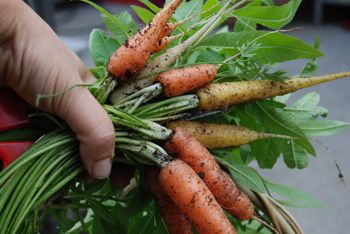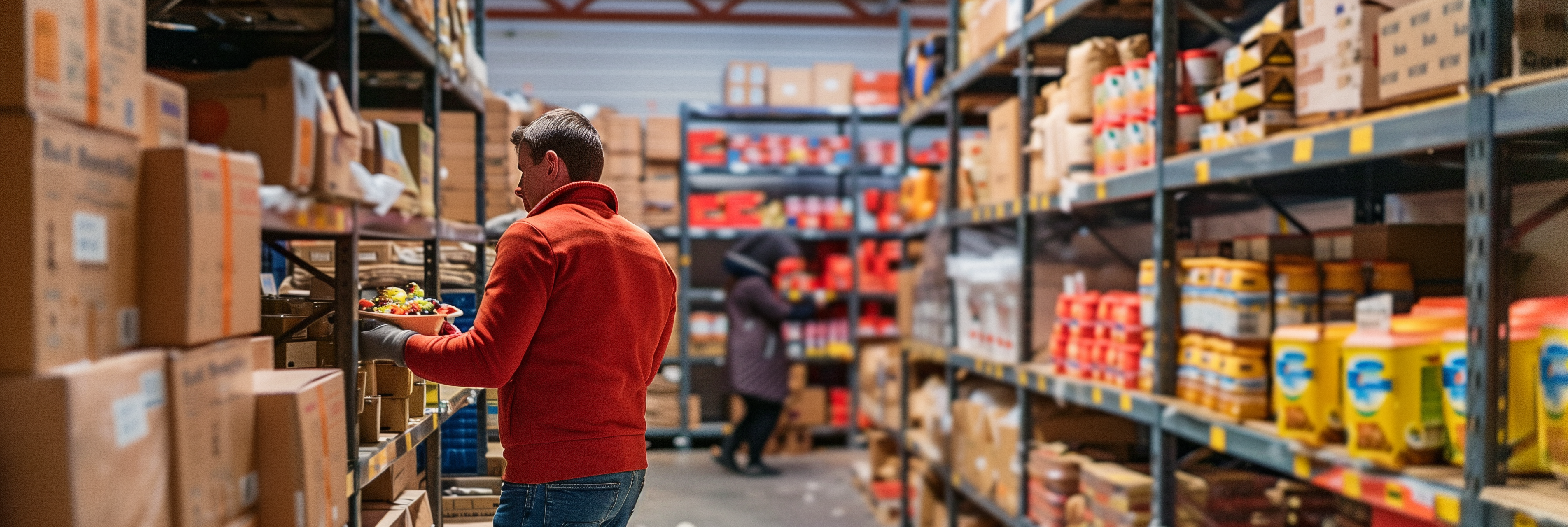
The Culture of Emergency Food: How Different Societies Approach Preparedness
The Culture of Emergency Food: How Different Societies Approach Preparedness
Disasters and emergencies can strike at any time, leaving individuals and communities grappling for survival. As uncertainty and volatility continue to ripple through our society, it's more important than ever to be prepared. Emergency food preparedness is a critical component of such readiness. This article delves into the various types of emergencies and the importance of food storage and various other nations, providing insights and recommendations for UK households.
Food Storage in Times of Crisis
Food storage has always played a pivotal role in ensuring survival during crises. From the wartime rationing in the UK and USA to the long, harsh winters in Russia and Scandinavia, food storage has been essential in sustaining lives. Diverse factors such as culture, economics, and geography have influenced the way different countries approach emergency food preparedness.
The UK: Learning from History
The British government has long recognized the importance of emergency food storage. During World War II, the Ministry of Food introduced a system of rationing to ensure equitable distribution of limited resources. Today, the UK's climate and geographical location make it susceptible to flooding, power outages, and other climate-related events. Once you add other risks to the mix, such as supply chain breakdowns, accidents, riots, or war, you can see that it's extremely sensible for all UK households to have a well-rounded emergency food supply, including canned goods, dried fruits, nuts, and long-lasting grains such as rice and pasta.
Case Study: The 1953 North Sea Flood
The 1953 North Sea Flood demonstrated the importance of food preparedness in the UK. Over 300 people lost their lives, and tens of thousands were left homeless. In response to this catastrophe, the government began stockpiling emergency food supplies, a practice that continues to this day.
The USA: Balancing Individualism and Cooperation
In the United States, emergency food preparedness has been shaped by a culture of individualism and self-reliance. Many Americans maintain emergency food supplies as part of their household preparedness plans, while the government focuses on coordinating disaster relief efforts. Commonly stored items include canned goods, powdered milk, and dehydrated meals.
Case Study: Hurricane Katrina
Hurricane Katrina in 2005 exposed weaknesses in the US emergency response system, leading to increased awareness and improvements in food preparedness. The disaster underscored the need for both individual and collective efforts in emergency planning.
Scandinavian Countries: Social Responsibility and Sustainability
Scandinavian countries, known for their harsh winters, have long practiced emergency food preparedness. With a strong sense of social responsibility and an emphasis on sustainability, these nations encourage households to store non-perishable food items such as canned fish, whole grains, and legumes.
Case Study: Sweden's Civil Contingencies Agency
Sweden's Civil Contingencies Agency sends out brochures to households, detailing essential items for emergency preparedness, including food and water. This proactive approach has raised public awareness and increased overall preparedness.
Russia: Adapting to Harsh Winters
Russia's vast territory and extreme climate have necessitated the development of unique food storage strategies. Households typically store non-perishable food items such as pickled vegetables, dried fruits, and grains. In addition, the Russian government maintains strategic food reserves to cope with potential emergencies.
Case Study: The Siege of Leningrad
The devastating Siege of Leningrad during World War II highlighted the importance of food storage. The city's residents were forced to survive on meagre rations, often resorting to desperate measures. This harrowing experience lingers in their collective memories and remains a powerful reminder of the need for robust food storage systems.
Comparative Analysis
The table below illustrates the differences and similarities in food storage approaches across the UK, USA, Scandinavian countries, and Russia.
| Country/Region | Cultural Factors | Economic Factors | Geographic Factors | Food Storage Recommendations |
|---|---|---|---|---|
| UK | Wartime rationing experience | Stable economy | Susceptible to flooding and power outages | Canned goods, dried fruits, nuts, long-lasting grains |
| USA | Individualism and self-reliance | Diverse economy | Varied climate and natural disasters | Canned goods, powdered milk, dehydrated meals |
| Scandinavia | Social responsibility and sustainability | High standard of living | Harsh winters | Canned fish, whole grains, legumes |
| Russia | Adaptation to extreme climate | Resource-based economy | Vast territory and extreme climate |
Pickled vegetables, dried fruits, grains |
Conclusion and Recommendations for UK Households
Emergency food preparedness is a crucial aspect of disaster readiness. As we have seen, various factors such as culture, economics, and geography influence government policies and individual households' approach to food storage in different countries.
Based on the analysis above, UK households can benefit from the following recommendations:
- Maintain a well-rounded emergency food supply, including canned goods, dried fruits, nuts, and long-lasting grains such as rice and pasta.
- Learn from the experiences of other countries, such as the USA's emphasis on individual preparedness and Scandinavia's focus on social responsibility and sustainability.
- Stay informed about potential risks and hazards specific to the UK, such as flooding and power outages, and adapt your emergency food storage plan accordingly.
- Regularly update your emergency food supplies, rotating items to ensure freshness and keeping an inventory of stored items.
- Share information and resources with friends, family, and neighbours to foster a sense of community preparedness.
By embracing a culture of preparedness and learning from other countries' experiences, UK households can mitigate the impact of emergencies and build resilience for the future.
Suggested Articles
Pandemic Implications
The sustained Covid-19 pandemic, described by some as a ‘black swan event’ has impacted the world in a huge number of...
Homegrown Wisdom: The Surprising Connection Between Self-Sufficiency and Ambient Food Storage
In a world where convenience and immediate gratification reign supreme, it's easy to take our readily available food ...
Emergency Food for Low-Income Individuals: Access and Affordability in Times of Crisis
During times of crisis, securing basic necessities becomes a challenge, with food security becoming an urgent concern...




